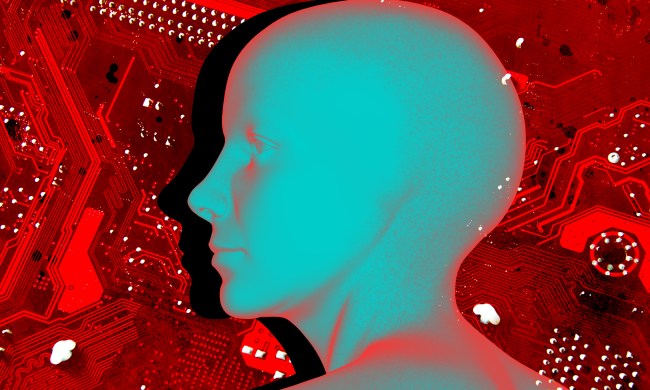
Quite possibly, suggests just such an algorithm developed by researchers at the Illinois Institute of Technology in Chicago and South Texas College of Law. Drawing on the Supreme Court Database, which boasts outcome data going back to 1791, the researchers’ algorithm can correctly predict 70.2 percent of the court’s 28,000 decisions — and 71.9 percent of the justices’ 240,000 votes — between 1816 and 2015.
The work is written up in the journal Plos One, under the title “A general approach for predicting the behavior of the Supreme Court of the United States.”
Accuracy in the 70-percent range may not sound much compared to, say, the 90-percent-plus accuracy found in a field like facial recognition, but it’s higher than the 66-percent accuracy with which (human) legal experts have been found to correctly predict Supreme Court outcomes.
“There is significant public interest in trying to predict the behavior of the Supreme Court, as well as a range of other courts,” lead author Daniel Katz, a law professor and “legal futurist” at Illinois Institute of Technology in Chicago, told Digital Trends. “Historically, this prediction task was exclusively centered around human experts. In the end, whether in medicine, finance, or law, the age of the expert is giving way to a new paradigm: blended streams of intelligence. The proper question is how to optimally blend expertise with statistical models. This paper represents a step in that direction.”
Katz points out that there’s more work to be done in this area, both in terms of honing the algorithm, and applying it to real-world cases.
“This can be used to help inform certain contemporary or historical academic debates surrounding the Court’s behavior,” he continued. “There are commercial uses for these ideas including trading, as some of these decisions impact publicly traded companies. It could also perhaps be used to help lawyers frame their arguments. Finally, the machine-learning methods we highlight herein can be applied to help predict the behavior of many other actors in the legal system.”
As with so many other areas of life, when it comes to Supreme Court cases, it pays to have the bots on your side!


